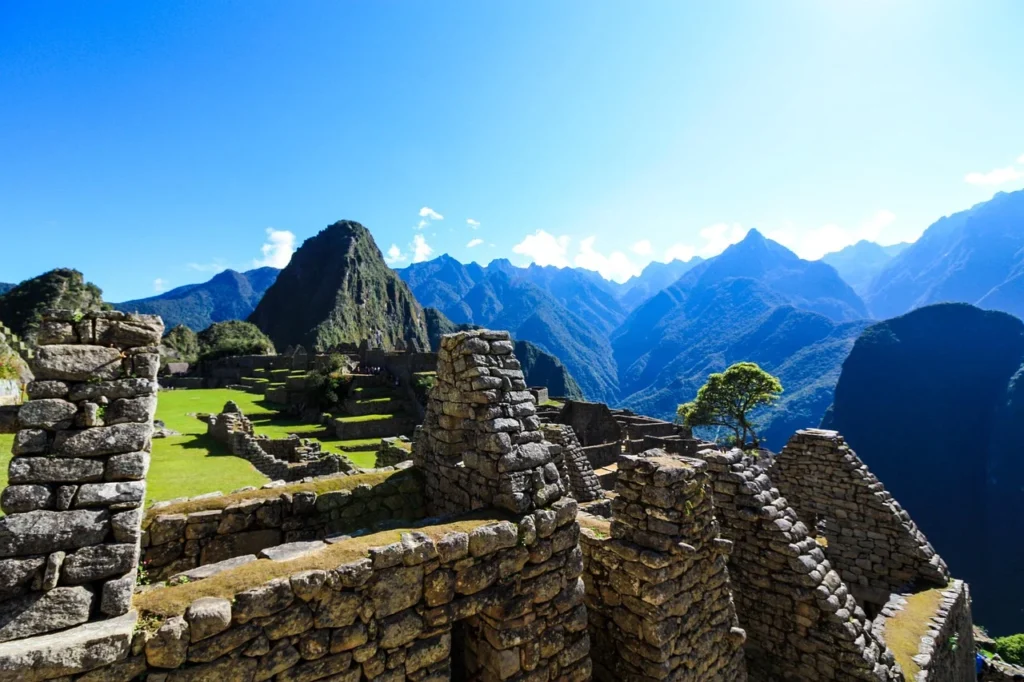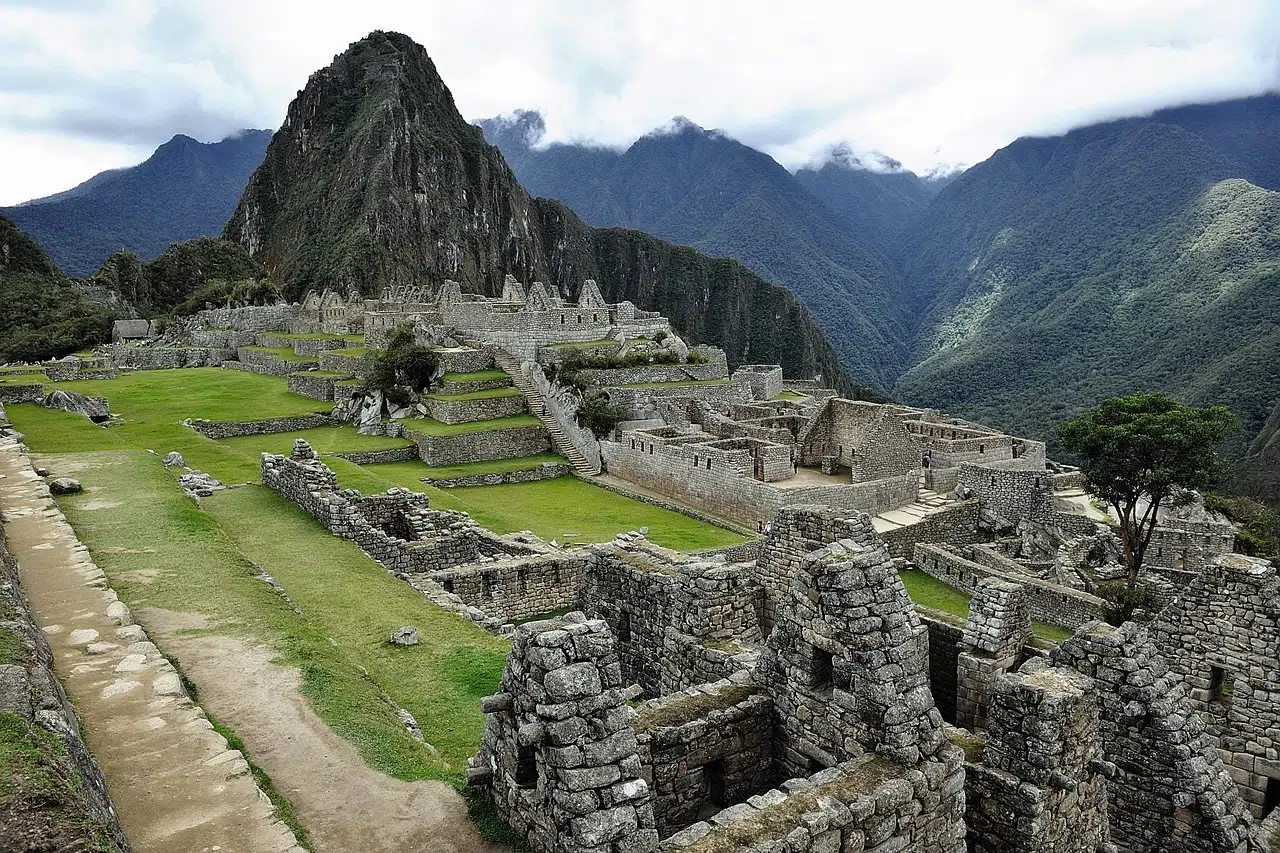The Salkantay Trek is a breathtaking journey through some of Peru’s most diverse landscapes, from snow-capped mountains to lush jungles. However, the temperature and seasonal changes along the trek can vary dramatically, impacting your experience. In this guide, we’ll break down the Salkantay Trek temperature ranges, seasonal weather patterns, and how to prepare for the conditions you’ll encounter.
Why is Understanding Temperature and Seasonal Changes Important?
The Salkantay Trek spans multiple altitudes and ecosystems, each with its own climate. Here’s why it’s crucial to understand these changes:
- Safety: Extreme temperatures and sudden weather shifts can pose risks like hypothermia or heat exhaustion.
- Comfort: Knowing what to expect helps you pack the right gear and clothing.
- Planning: Understanding seasonal changes allows you to choose the best time for your trek.
Salkantay Trek Temperature: What to Expect
The temperature on the Salkantay Trek varies significantly depending on the altitude and time of day. Here’s a general overview:
Daytime Temperatures
- Lower Altitudes (2,000-3,000 meters / 6,500-9,800 feet): 15-22°C (59-72°F).
- Higher Altitudes (3,000-4,600 meters / 9,800-15,100 feet): 5-15°C (41-59°F).
Nighttime Temperatures
- Lower Altitudes: 5-10°C (41-50°F).
- Higher Altitudes: Can drop below freezing, especially at campsites like Soraypampa (3,900 meters / 12,800 feet).
Salkantay Trek Seasonal Changes
The trek’s weather and temperature vary by season. Here’s a breakdown of what to expect:
1. Dry Season (April to October)
- Weather: Sunny days with clear skies and cold nights.
- Daytime Temperatures: 15-20°C (59-68°F) in lower areas; 5-10°C (41-50°F) at higher altitudes.
- Nighttime Temperatures: Can drop below freezing, especially at high campsites.
- Rainfall: Minimal, making this the best time for trekking.
- Trail Conditions: Dry and stable, but dusty in some sections.
2. Wet Season (November to March)
- Weather: Frequent rain, especially in the afternoons.
- Daytime Temperatures: 18-22°C (64-72°F) in lower areas; 8-12°C (46-54°F) at higher altitudes.
- Nighttime Temperatures: Cool but rarely freezing.
- Rainfall: Heavy, particularly in January and February.
- Trail Conditions: Muddy and slippery, with a higher risk of landslides.
How Temperature and Seasonal Changes Affect Your Trek
Here’s how these factors can impact your Salkantay Trek experience:
- High Altitude Challenges: The Salkantay Pass (4,630 meters / 15,190 feet) can be extremely cold, especially in the dry season. Be prepared for freezing temperatures and strong winds.
- Variable Weather: You may experience sun, rain, and even snow in a single day. Layering is key to staying comfortable.
- Trail Conditions: Dry season offers stable trails, while wet season can be muddy and challenging.
- Scenery: The dry season provides clear views of snow-capped peaks, while the wet season brings lush, green landscapes.
How to Prepare for Salkantay Trek Temperature & Seasonal Changes
Here are some essential tips to help you prepare:
- Pack Layers: Bring moisture-wicking base layers, insulating mid-layers, and a waterproof outer layer.
- Protect Against the Cold: Pack a warm sleeping bag (rated for at least -10°C / 14°F), thermal clothing, and a warm hat.
- Stay Dry: Use waterproof gear, including a rain jacket, pants, and dry bags for your belongings.
- Check the Forecast: Before your trek, check the weather forecast for Cusco and the Salkantay region.
- Acclimatize: Spend a few days in Cusco (3,399 meters / 11,152 feet) to adjust to the altitude.
What to Pack for Salkantay Trek Temperature & Seasonal Changes
Here’s a quick checklist of weather-specific items to pack:
- Dry Season: Warm layers, a down jacket, gloves, and a warm hat.
- Wet Season: Waterproof jacket and pants, quick-drying clothing, and extra socks.
- Year-Round: Sunscreen, lip balm, and a reusable water bottle.
Frequently Asked Questions About Salkantay Trek Temperature & Seasonal Changes
1. What is the coldest part of the Salkantay Trek?
The Salkantay Pass (4,630 meters / 15,190 feet) is the coldest, especially at night.
2. Can I hike the Salkantay Trek in December?
Yes, but be prepared for rain and muddy trails. It’s a great time for fewer crowds and lush scenery.
3. How cold does it get at night on the Salkantay Trek?
Temperatures can drop below freezing at high altitudes, especially during the dry season.
4. What should I wear for the Salkantay Trek?
Dress in layers and bring waterproof gear to adapt to changing conditions.
Ready to Tackle the Salkantay Trek?
Now that you know what to expect from the Salkantay Trek temperature and seasonal changes, it’s time to start planning your adventure! Whether you choose the dry season for clear skies or the wet season for lush landscapes, proper preparation will ensure a safe and enjoyable trek.
📌 Pro Tip: Download our free Salkantay Trek packing checklist to ensure you’re ready for any weather. And if you’re ready to book your trek, check out our exclusive Salkantay Trek packages for the best deals and expert guides.



